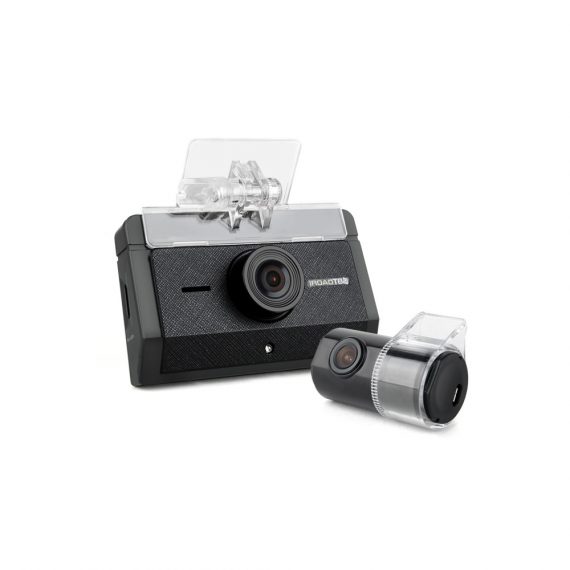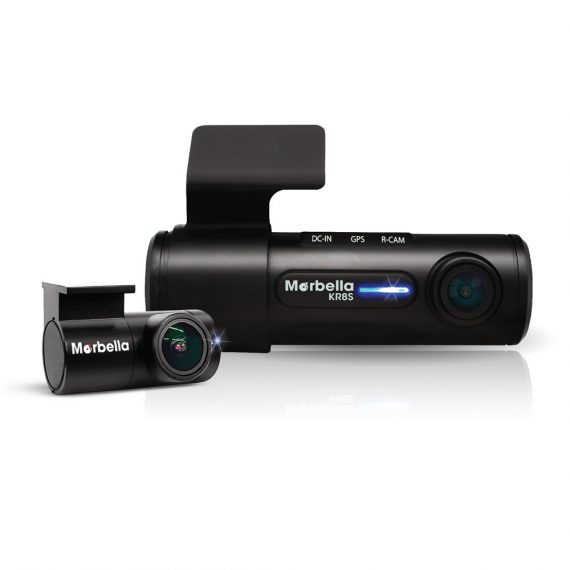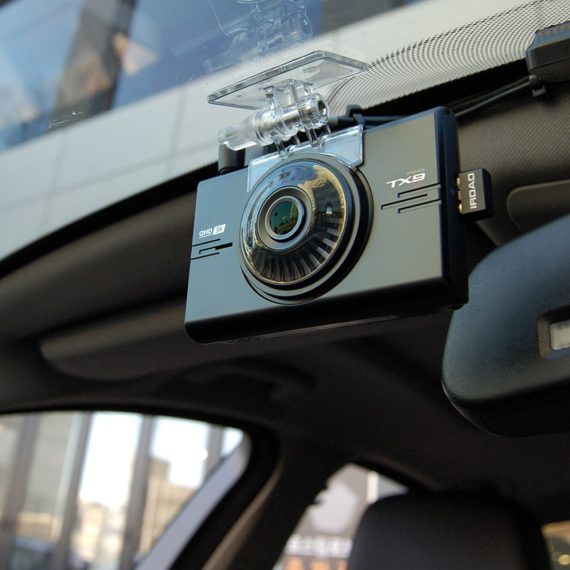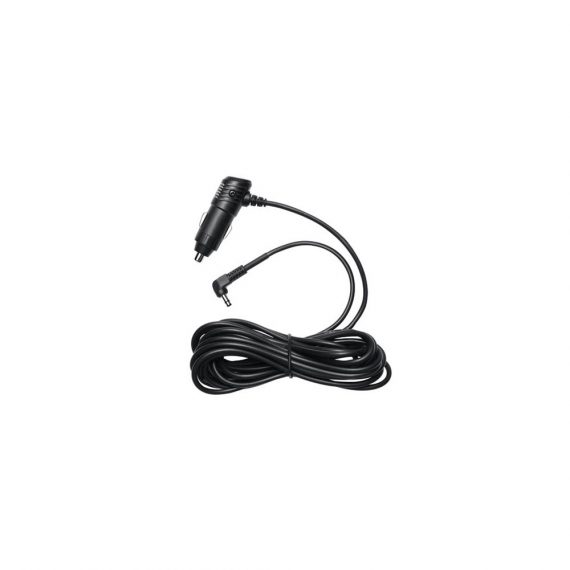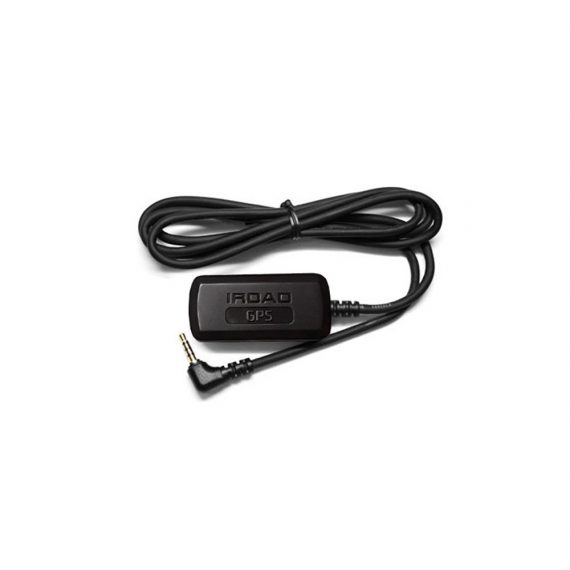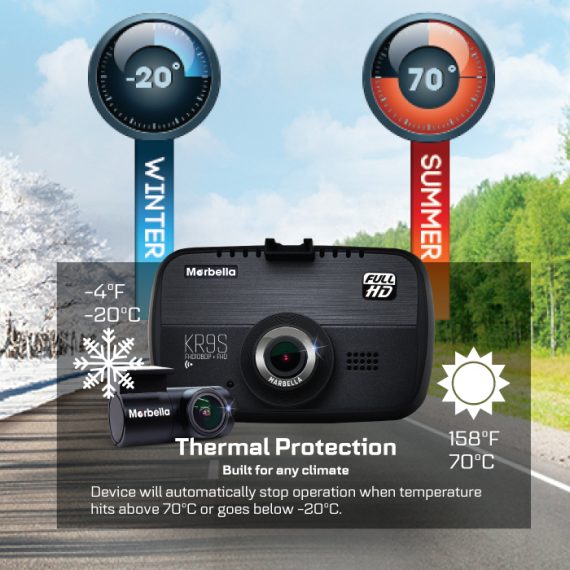Choosing the right Dash Cam for your car - 2020

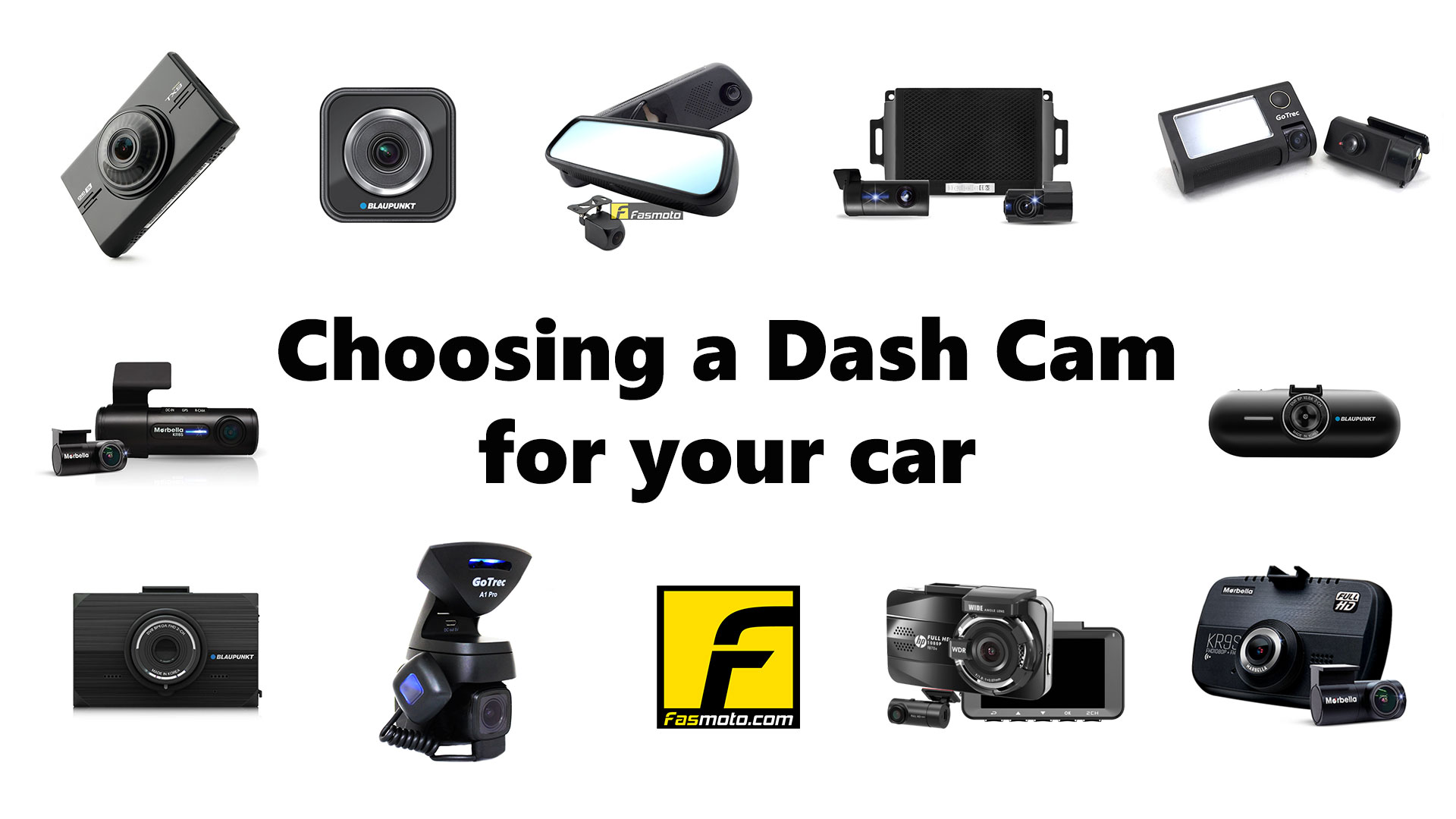
A dash cam is probably the smartest investment you can make for your car. You never really need one, until you wish you had one. So best be on the safe side and get one before you need it. But where do you start? In this post, I will try to make it as simple as possible so that you can narrow down your choices and pin point the right one for you. We will start by narrowing down the models in a step by step fashion. The way you can use this practically is to list these 10 points of whichever cameras you are considering and then compare them side by side. By no means this is a detailed comparison, but hopefully it will get you started and clear things up.
1. Price
This can be the first, or last step. If you have a strict budget set, then this is probably where you want to start to filter out those models that are outside your price range. If you are flexible on budget, then you may not want to start filtering out by price yet and decide on price in the last step.
2. Dual Channel
When you see this stated, it simply means the dash cam does front and rear recording. We always recommend this because it can record cars that overtake and possibly side swipe you. More footage won't hurt. Although the downside to this will be less storage as you have more footage. Also, almost always the dual channel set will be a little bit higher priced.
Example of a single channel dash cam
Example of a dual channel dash cam
3. Built-in Screen and Camera Size
These days, many of the dash cams do not come with a built-in display. The benefits of not having a display is that the cameras are smaller in size and less obvious. The downside to this is that you need to pull out your phone and connect via WiFi to the device in order to view, download or delete files. However, this would also mean others would not be able to check the footage without the secure password. This one is really down to you the user and what you prefer.
Example of a camera with built-in screen
Example of a camera with no screen
4. Resolution, Frame Rate and Image Sensors
In this part, it is all about the image quality. The higher the resolution, the better. These days, it is common for dash cams to support Full HD recording (1920x1080). However, when looking at resolution, you will also want to check the frame rate. The more frames per second would ensure that you capture more frames as the cars can be moving at high speeds. Lastly, the type of sensors are also important to ensure quality of the footage in all lighting conditions. The best one known to us is the Sony Starvis followed by the Sony Exmor R and the Sony Exmor. Unbranded CMOS would be the common sensor and is by no means a bad sensor and is definitely acceptable. But this varies camera to camera so some research may be needed for the specific model you are looking to get. If you are hungry for high resolution, then do check out the iRoad TX9 which has the highest resolution to our knowledge so far.
The iRoad TX9 features 3K resolution
5. Parking Mode (Built-in battery vs Hardwired)
Parking mode may be triggered by motion or movement of the vehicle. Some cameras will run off its built-in battery for parking mode. This is a limiting factor as the camera can only record in parking mode as long as the built-in battery has power left. The better option for parking mode in our opinion is the hardwired type dash cams. This means that the camera is provided a constant supply of power while driving and even when parked. It will switch from driving mode to parking mode automatically based on the status of the car. There is usually a built-in battery discharge protection which allows you to set the lowest battery voltage before the camera cuts-off. This is to prevent the battery from being drained to the extent that you cannot start the vehicle.
Hardwire Kit for parking mode
Cig Lighter Recepatcle type power source.
6. Viewing Angle
The wider the view, the more the camera can capture. This difference may not be significant and we leave this entirely to your personal preference. For us, anything above 140 degrees we feel is acceptable. Just remember that a wider angle may cause a fish-eye lens type effect, so do take this into consideration.
7. Storage
The way dash cams work, is that they record in short clips and the earliest unprotected files will be overwritten once the storage is fully used. It will continue this in a loop or cycle. Therefore having more storage is not really necessary. However, if it is important to you to have more saved footage for longer periods, then a larger memory card would be required. Check the maximum storage supported if this is important to you. Some may support up to 64GB while others may support up to 128GB. For most cases, the 32GB is good enough for dual channel dash cams and 16GB is enough for single channel dash cams. Another thing to note, that files triggered by an event or while parked may be locked and cannot be overwritten unless you manually unlock the files. If you have lots of this, then a larger storage would require you to cleanup the storage less frequently.
8. ADAS (Advanced Driver Assist Systems)
If you want Advanced Driver Assist Systems as part of the functionality of dash cams, then make sure you select the ones that have it. Common ADAS features are Lane Departure Warning Systems (LDWS), Forward Collision Warning System (FCWS) and Front Vehicle Departure Warning (FVDW). Do take note that ADAS in most cases will require an additional GPS dongle if one is not built-in to the unit.
aken from the iRoad X9 which support the ADAS functions
9. GPS Logger
Do not confuse this with GPS Navigation or GPS trackers. The built-in GPS allows for the location to be logged alongside the video. When replayed in the provided software, the location will appear alongside the footage to make it easier to identify the location of the event or incident. Important or not, this is entirely up to you.
GPS Logger Dongle. Not to be confused with GPS tracking and GPS Navigation systems.
10. Temperature Protection
This may not be important if you live in a mild weather area. However if you live in tropical climates, such as Kuala Lumpur, then it is best to check that the camera specifically supports hot weather. Remember that the camera is constantly running when you are driving, so it is essential that it can operate properly in extreme conditions. The last thing you want is a dash cam that isn't working when you need it most.
Marbella KR9S clearly shows the thermal protection as a feature
That's it. In our opinion, the above are the most important things to consider when getting a dash cam. We hope this is useful to you when making the decision. You definitely could dig in to the details much more if you wanted to, but these is a good and simple way to get started. Do let us know in the comments if you like, dislike or have anything else you would like us to write about. Don't forget to subscribe for updates. Thanks for reading.


